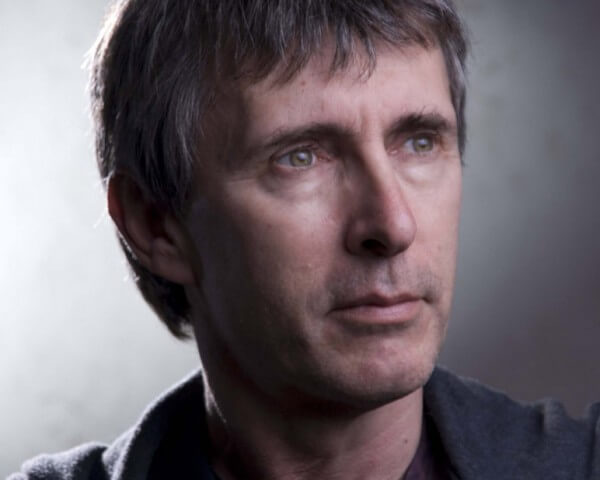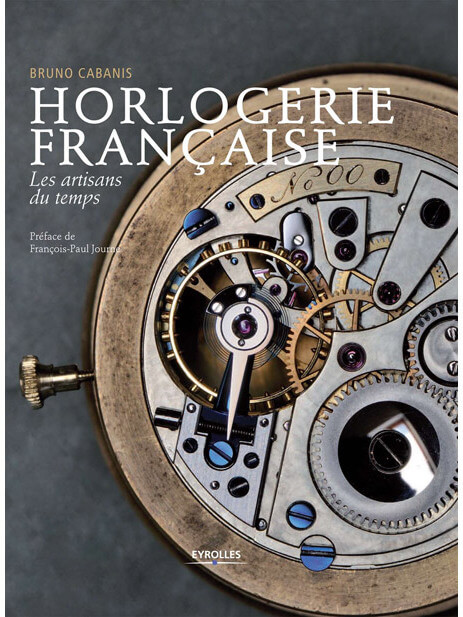The book, prefaced by François-Paul Journe, describes and explains in simple yet precise terms the making of a dial, engraving, engine-turning or the restoration of an antique clock. While its main objective is to present the horological professions and techniques, its underlying aim is to draw attention to the dwindling ranks of artisans whose uncertain future hinges on demand for their work. For example, Bruno Cabanis alerts the reader to the fact there is now only one engine-turner in France, compared with the eighty who were working in the 1940s. He concludes that while France can boast an illustrious horological past, now only Swiss watchmaking can maintain orders at a consistently high level, thanks to the international renown of Swiss Made.
For more than three years, Bruno Cabanis explored the different aspects of making a watch. He met seasoned craftsmen such as Jean-Baptiste Viot, who trained at the École d’Horlogerie in Paris and is a specialist in French horology of the eighteenth and nineteenth centuries. The book illustrates the creation of a timepiece which he devised, based on the work of Jean-Antoine Lépine (1720-1814), the inventor of a calibre with only one plate and separate bridges to support the moving parts, thereby reducing its thickness.

In search of artisans
Bruno Cabanis invites the reader to meet France’s last engine-turner in his workshop. A remarkable series of photographs shows an engine-turned decoration taking shape on the back of a silver pocket watch case. Equally stunning are the photos which illustrate how the mécanicien-horloger Philippe Prutner uses centuries-old tools to achieve his trademark mirror polish.
The author also introduces us to the bosses. Francis Simonnet, since 1987 at the head of Elinor, the company his father set up in 1957, explains how CNC machines have freed precious time for the finishing stages. Elinor supplied such leading names as Breguet, Cartier, Piaget and Vacheron Constantin, making secret watches for them in the 1960s. This chapter is illustrated by the manufacture of the case for the Chronomètre à Résonance by François-Paul Journe who part-owns the company.
“The idea for the book came to me in 2008, after picking up an old Heuer chronograph at a flea market in Spa, in Belgium. I paid 10 euros for it. Only the letters E and R were still visible on the dial, but the Valjoux movement looked promising. I began searching for craftsmen who could give it a second lease on life. This took me to Paris where most of the last French masters are.”
Biography of the author
Bruno Cabanis was born in Mulhouse in 1954 and grew up in Poissy, a suburb west of Paris. After engineering studies, in 1981 he set up a software publishing company which he sold in 2005. He decided to turn his passion for photography into his livelihood, and enrolled at the École Nationale Supérieure Louis-Lumière. After a brief incursion into corporate photography and studio work, he discovered photo reporting which suited his enquiring and scientific mind. Then came a decisive meeting with the French journalist Sybil Canac. She commissioned him to illustrate her book on old Parisian shops, which sold more than 15,000 copies.
is Bruno Cabanis’ first book (Eyrolles, 256 pages, €36).






















